AI policies for schools
- Common Sense Media: Guide to ChatGPT for Parents and Caregivers
- Science Direct: Generative AI tools and assessment: Guidelines of the world’s top-ranking universities
Check your school’s policies:
Familiarize yourself with school’s code of conduct along with policies on academic integrity and student use of computerized information resources (Acceptable Use). How well do they address the possibility of AI use, even without specifying AI?
If you are considering adjustments to policy, syllabi clarifications, a statement of philosophy/belief, or just providing more information to your school community related to AI, check out these resources:
- Beaverton School District
- Binghamton University
- Michigan Virtual Planning Guide
- Duke Policy Guidelines and Considerations
- CMU Generative AI Tools FAQ
- TeachAI.org Toolkit
AI is ubiquitous
Even if you are unsure about the role of Artificial Intelligence in schools, it would be nearly impossible to just block it or ban it wholesale. Grammar checks in word processing, maps that re-route you for a faster route, Face ID, search engines, and voice recognition all use machine learning. More and more, it’s being built into the tools we use everyday. In many cases, we’ve been using AI for years without even realizing it. If your school wants to block Artificial Intelligence entirely, make the case for teacher access at the very least so that you can explore it, learn it’s strengths and weaknesses, and help prepare your students for an AI-filled world. The impact on careers is already underway and a lot of remaining jobs will involve supervising AI in some way, leveraging it across a range of fields. Our students need to understand AI and related technologies to work alongside these tools. Click on the hotspots below to see a few ways that AI is showing up in commonly used educational tools:

